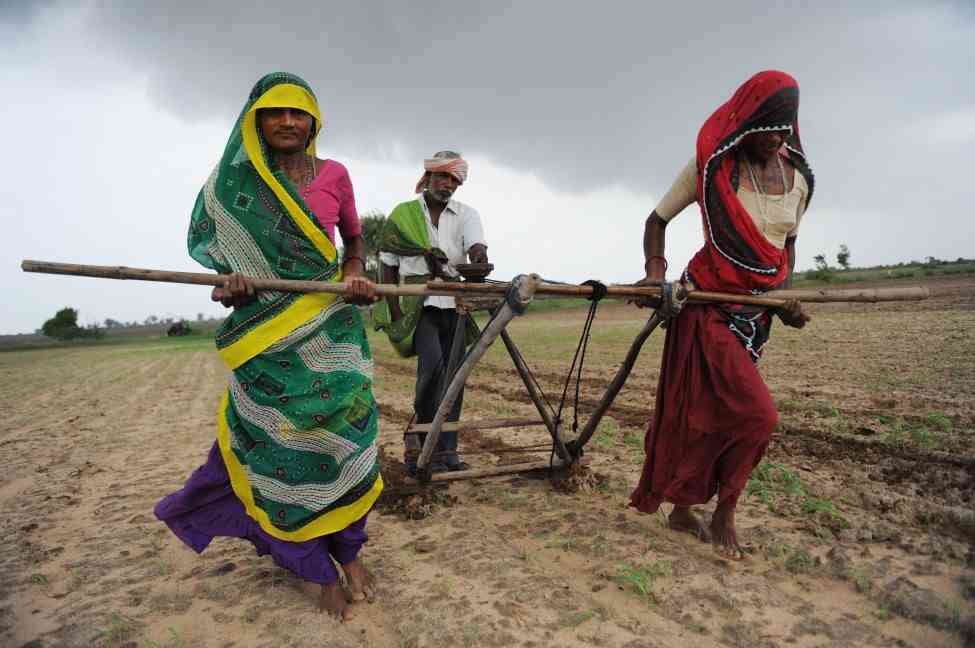India is a nation where more than 50% of the population is dependent on agriculture for their livelihood in one or the other way. Where all over the world, only 20% of the land is utilized for farming, India consumes about 60% of its land for agricultural practices. Similar to India, there is another country which thrives on an agriculture-based structure of the economy, and is one of the prime neighbours of this nation when it comes to having expertise in diverse sectors affecting the economy.

It is none other than China, which is solely responsible for feeding about 20% of the world’s population. It utilizes only about 15% of its total land for farming, which is 7% of the world’s total arable land. China spends more than double of what India spends in the area of Agricultural Research and Development and is on number one position when it comes to agricultural production all over the world. Also, read Why China is better in terms of Politics and Economy as compared to India?

When we compare the yearly income of a middle-level farmer in China with that of an Indian farmer, it’s nothing less than shocking. While an average Indian farmer earns somewhere between INR 3000 to 4000 per month, a Chinese middle-level farmer earns up to INR 1 lakh per month, which is even more than the monthly income of a middle-class city dweller living in India.
But why does this disparity in production and income lies? Why is it so that even though more than 50 years of the Green Revolution have passed, we are still lagging far behind a country which bears more population than our own country. Why is it that while in India the number of food-deprived people is more than 19 crores, this number is still hanging somewhere around 15 crores in China? Also, see Population Explosion: Its Causes and Solution.
Let’s take a deeper look at the different viable factors that have led to this very depriving state of Agriculture in India.
1. Too many labours available for every acre of land
In earlier times, India was known as ‘Sone ki Chidia’, which literally means a bird made of gold. The reason for being recognized in this sense was that India had a great hold of trade activities across borders, primarily dealing in textiles and spices. The interesting fact about their trade behaviour was that in exchange of all those goods, they only asked for gold, especially from countries like Russia, and it was this inclination towards gold that made them famous by the name ‘Sone ki Chidia’ all around the world.

When Britishers came, they caught hold of all the existing trade activities of the country, putting all the small artisans, weavers, etc. out of their jobs permanently. These jobless folks found recluse in farming activities by taking small pieces of lands on rent from tormenting landowners on h+igh rates of interest, leaving themselves forever liable and helplessly entangled within the vicious circle of high cost, low return farming jobs.
This resulted in too many labours being employed in agriculture, a problem which even the high-intensity Green Revolution could not solve, leading to the next major problematic factor mentioned here largely responsible for bringing down the performance of agriculture in India.
2. Small-sized land holdings
The economy of scale is a concept which applies not only to big firms or organizations but also to something as basic and straightforward as normal agricultural activities. A farmer growing any particular vegetable or food grain in a large quantity is more liable to target large buyers, for example, the big food processing chains like McDonald’s or Lays. That way, he can formulate long term relationships with his buyers and get a good price for his produce, resulting in a better standard of living for his family.
But small and marginal farmers who are capable of producing only a limited quantity of product which is not necessarily in great demand find themselves helpless among the big dealers in mandis who are looking for a wholesale quantity to purchase. This, in turn, subjects them to the predatory minds of middlemen who buy their produce for a very meagre price, leading them to knock on the hardwired doors of money lenders once again, in order to buy seed and fertilizer inputs to continue with the next crop cycle.

3. Increasing population, decreasing availability of land
With more people moving under the bar of probable consumers, more industries are going to be set up in village areas. This, in turn, leads to the farmers having to sell their lands in return of unattractive packages of compensation. Even if we say that the new land reforms protect farmers-lands from the hawk-like eyes of big conglomerates, it is important to come to terms with this fact that as the population increases, the land available for farming is only going to decrease. So, the conventional style of agriculture would not be applicable anymore, where the productivity of land has not been up to the mark for the last many years in a row.
4. Newly improved food safety standards
With the developed food safety standards in place, the permissible limit for chemicals (fertilizers and pesticides) in our food products has become much more condensed. This simply means that the way agriculture has been practised post-Green Revolution, with more and more fertilizers being applied to get maximum productivity without lending a thought to their resulting effect on the quality of food is going to be out of the norm in today’s day and age, when people are becoming aware and increasingly conscious about their health.
Although growing food organically is not out of the question, but the amounts in which food is required in this country to nourish the multi-folds of the population is considerably difficult. This will require a great amount of expertise, patience and support from government and the major brands that have been waddling in annual turnovers of millions only by manufacturing and selling these chemicals in large volumes and getting the prime benefits of govt: subsidies and other such facilities.
5. Absence of capitalization in the agriculture sector
Farmers are still looked upon as poor souls, where all the efforts of the govt to make them self-sustained are proving to be significantly useless. But the problem is in the very structure of this sector. Lack of capitalization in agriculture has led to villains like middlemen, landowners, money lenders etc. to emerge looking so significant and powerful. Farmers are at the very end of this commercial food chain, making them subjective to so many corruption scams where all waivers, subsidies, compensations are seized by the ever-hungry officials leaving the farmers weak and powerless for a lifetime, pushing them to take desperate measures like committing suicide to guard themselves against the ferocity of times.
6. Reluctance to accept technologies like GM(Genetically Modified) crops and HYVs(High Yielding Varieties)
Conventional agriculture is becoming more and more incapacitated due to a decrease in the area and productivity of land available for agriculture. GM crops are developed, keeping this very fact in mind, so as to give maximum productivity without requiring the same soil, weather and nutrient conditions that are needed for the conventional varieties. But people are reluctant to switch over to such technologies having various doubts feeding upon their minds like higher prices, too much dependability and probable failure of these varieties to address the nutritional needs of their bodies, where they might do more harm than good.
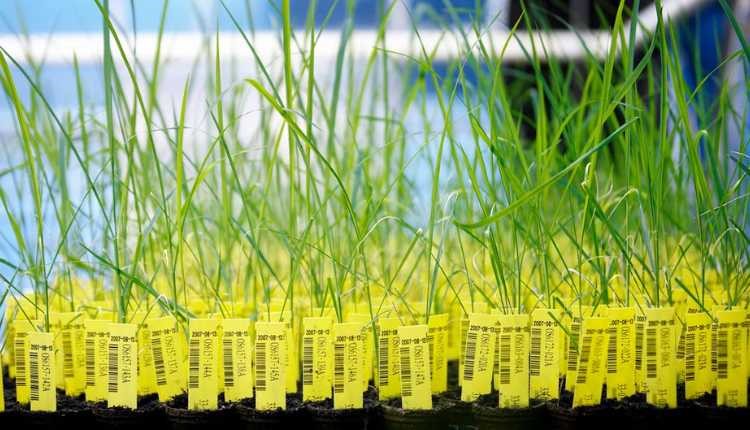
But how can these issues be addressed, so that the future of agriculture in India does not look so bleak and scanty? Well, if we go backwards and study the problems a little deeper, we can connect the dots to finally finding solutions to those very problems. This will eventually lead us to imagine a better existence for both agriculture as well as those employed in agricultural sectors.
7. Divert those employed in agriculture to other skills-based areas
More than 75% of Indian farmers have agreed to leave agriculture if given a better option to earn a livelihood. Hence, the need is to hone their skills in areas like manufacturing, production or even self-employment (by aiding them with initial investments to open small shops), etc. Also, arts like pottery, painting, sculpturing, weaving should be encouraged, and markets should be created so that the deep-rooted skills emerging from the family legacy of most of these people can be well utilized.
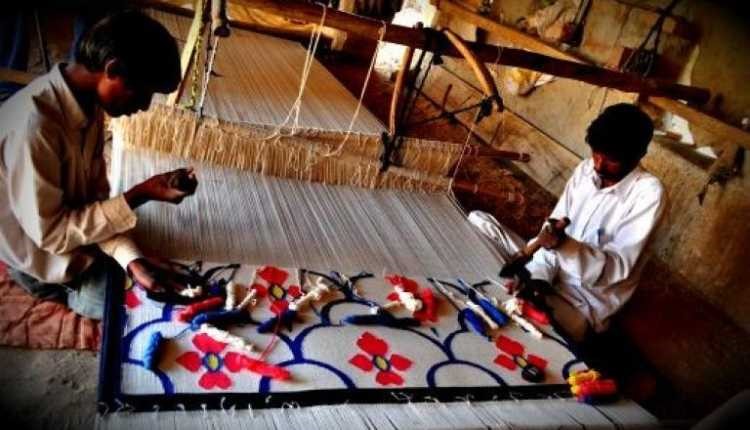

8. Formulating cooperatives of small and marginal farmers
There is a requirement of building cooperatives where a number of farmers with small landholdings can come together as a group, who then share resources among themselves, like seed inputs, mechanization etc. Such cooperatives can also keep them guarded against being ambushed or taken advantage of by middlemen and other such vicious parties. Problems of money can also be addressed by taking measures like reinvesting a share of the whole cooperative’s earning into the farming business, hence keeping themselves away from money lenders. Also, loans can be availed easily from banks in exchange for the promise of high production. Society banes like suicides will automatically decrease through such initiatives due to the presence of a great support system and easy access to facilities like crop insurance. And, last but not least, the economy of scale can be availed by growing certain crops in demand and targeting big names that can ensure a regular purchase in return.
9. Maximum use of land
In China itself, crops are grown everywhere ranging from on the rooftops to the sides of roads and even on traffic signals. This serves as the ultimate solution for continuously decreasing span of arable land, making it possible to keep on feeding the stomachs of a large number of people in the country. Other techniques like corporate farming which is being used in Japan on a large scale, ensure maximum utilization of each and every corner of space available to us to bring out something productive.

10. Alternate solutions to conventional farming/ Soilless farming
Soilless farming leads to a lesser application of pesticides considering the reduction in the amount of disease-causing microbes and weed biomes that come straight from the soil. Techniques like Hydroponics, Aquaponics, etc. are of great advantage to keep the amount of chemicals-used within permissible limits as per the health and safety standards.
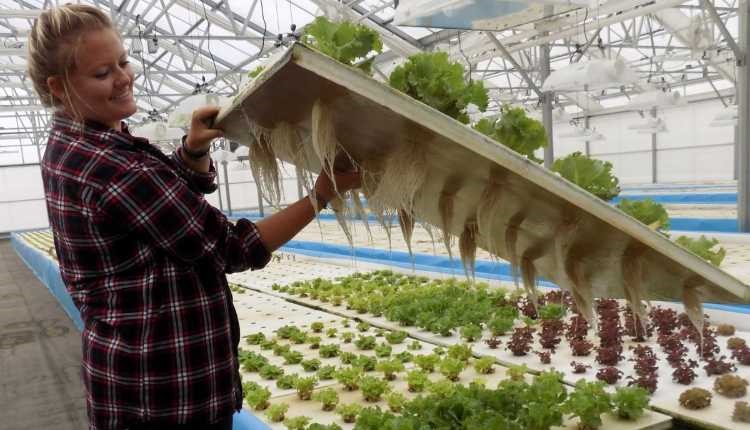
11. Capitalization of the Agriculture sector
If the structure of capitalization enters in the sector of agriculture, then the many issues being faced today like lack of cold storage, faulty transportation facilities, lack of access to modern inputs and machinery etc. can be solved. But of course, this has to be done consciously by giving equal opportunity to all and offering credit facilities and support to young agriculture enthusiasts who want to pursue entrepreneurial ventures in this sector. That way, the establishment of a monopoly in the sector of agriculture can be avoided
12. A balance of modern and conventional
There has to be a mix of both modern and conventional technologies being applied in agriculture. Shying away from technologies like GM crops, HYVs, etc. that can actually address the emergent need of feeding a large number of people with only a limited amount of arable land available to us is neither healthy nor futuristic, at least until we land upon a better option to serve our problems.
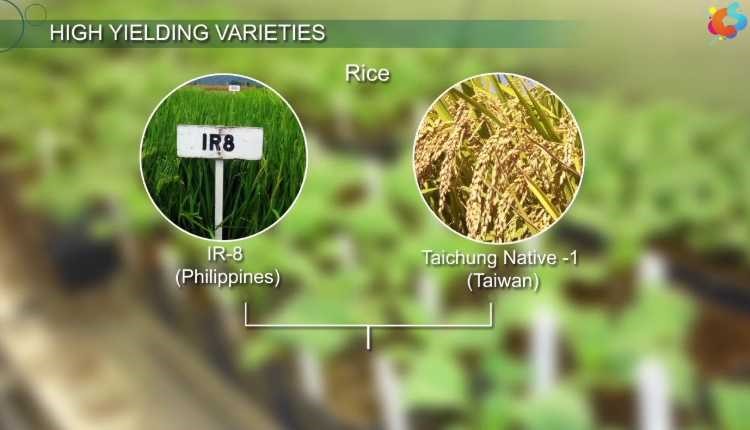
Hence, we can say, that the future of agriculture consists of well-educated and technologically driven young enthusiasts who will focus on developing new techniques to contain agriculture in such a way that each building can produce its own food without having to run towards the fields. Because whether we like it or not, just like everything else, agriculture to has to be fit within the Eco-system of cities as consumerism and capitalization mark their dominance in all areas of our lives. For truth being told, it is only a matter of time when land availability will reduce so much as to become inconsistent with the ever-increasing population of this country, India.

